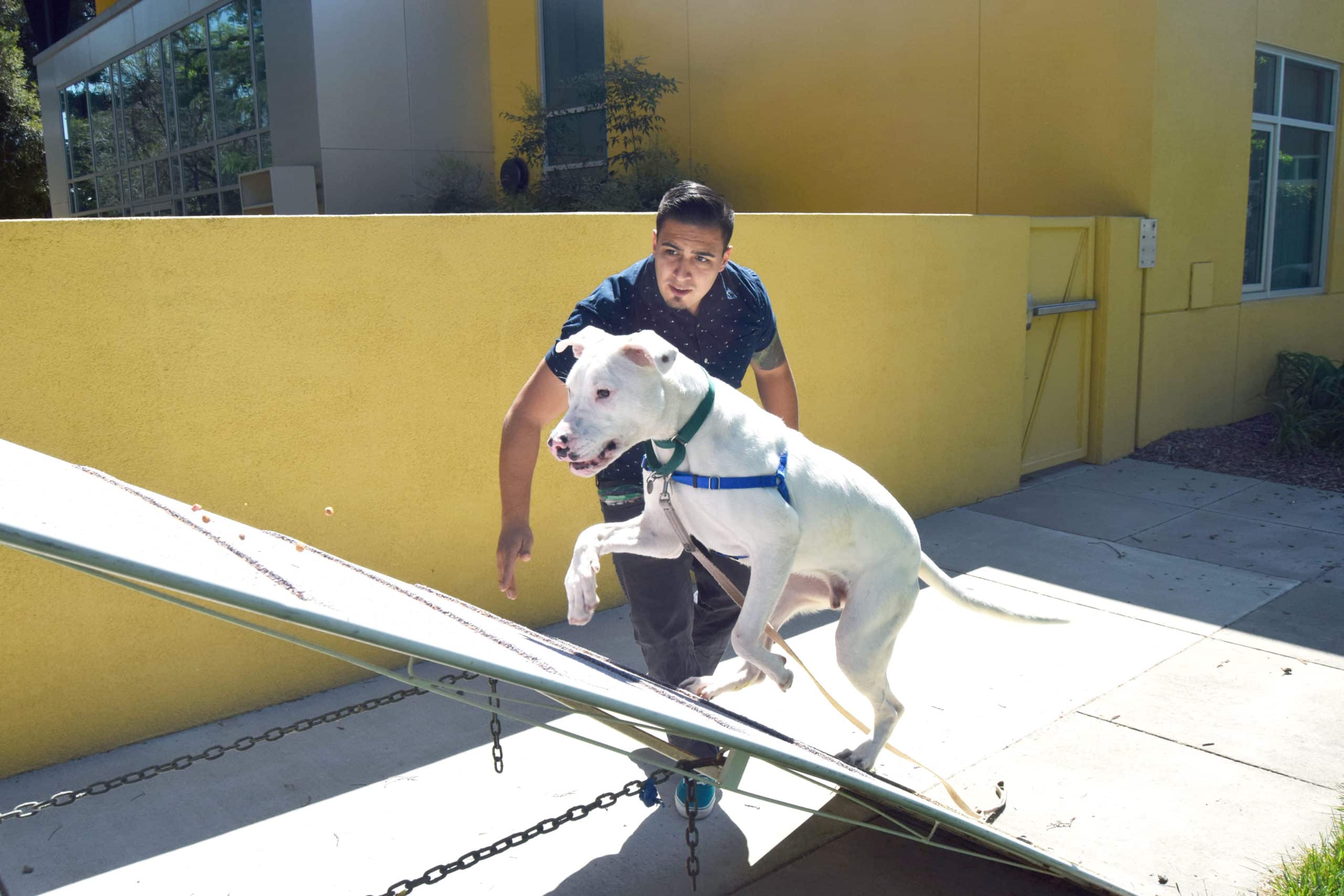So you want to try to take some gorgeous photos of your pet? We can help! Every dog and cat has a photogenic side and we can assist you in finding it. If this helps you get some great shots, don’t forget to share them with us! We love receiving updates on ARF-adopted dogs and cats.
What Camera to Use
If you consider yourself an experienced photographer and have a nice DLSR camera, you probably already know what you’re doing (and can probably skip this entire document). But for the layperson, there is good news! Your phone’s camera works perfectly for animal photography – especially if you use some of these helpful tips.
Lighting, Lighting, Lighting
Lighting is one of the most important (and most overlooked) aspects of animal photography. Just because a room looks bright enough for your eyes, doesn’t mean it’s bright enough for your camera. While many cameras and camera phones have a flash option available, pets may find this frightening, so it’s recommended to turn it off.
Here are some examples of the same ARF foster cat photographed in different lighting situations:




Natural light is almost always going to be your best source of lighting, so taking pictures outdoors or near a window is usually the best option. Whether you’re using natural light or taking pictures indoors, make sure the light source (the Sun, lightbulbs, etc) is behind you, with the animal facing toward it. If the light is behind the dog or cat you’re photographing, the picture will come out backlit. Try to strategically position yourself so your shadow isn’t on the animal’s face!
Getting Your Pet to Look at the Camera
For most animal photographs, you’re going to want to have your pet looking directly at the camera. Depending on your mobility, you can hold the camera down on their level, have them look up at it, or lay flat on your belly and take yourself to their level!
But how do you convince an aloof or easy-distracted animal to look at a strange, weird box? By bribing them! If they’re food-motivated, hold a tasty treat just on top of the camera (if you’re dealing with a dog that already knows “sit,” this should be easy!). If they prefer toys, hold that prized stuffy or wiggle a wand toy over it instead. Maybe they just want you! In which case, wave a hand or put your face right above the camera and you could capture the perfect shot. You likely know the dog or cat better than anyone, so use your best judgement on what would catch their eye. Sound effects can help, too. Do your best R2-D2 impression, spout a little gibberish baby talk, or try squeezing a squeaky toy – your dog or cat won’t be able to resist giving you a cute look.

There’s No Such Thing as Too Many Photos
One nice thing about modern camera phones is that you can take many photos in a very short period of time. Just tap away at that circular button and look at the results later! When photographing shelter animals for social media, our team oftentimes walks away with hundreds of pictures from a short photoshoot, all in hopes of capturing the perfect shot. Once you select and send your favorites, it should be easy to delete the batch from your phone!
Miscellaneous Tips
- Overcast afternoons can be the best for photography – plenty of light, but no shadows to cover your pet’s face.
- Looking for that open-mouth dog smile? Try to get them panting! A quick run around the yard or strenuous game of tug should give you what you’re looking for.
- Don’t be shy about getting a close up. If your pet is okay with it, keeping a camera close to their face can bring out some magical colors in their eyes and also help crop out distracting elements in the background.
- Dogs look very cute with their ears up and alert. Incorporating those aforementioned sound effects can help keep ears perky.
- If you’re dealing with a shy animal, let them set the pace. Sometimes they want to sniff the camera to get used to it. Don’t force a photo session on a pet who isn’t interested!
- Dark animals can be extra tricky. Again, it’s all about the lighting. Try a few areas until you find the one that works best for their coloring. Against what you’d expect, sometimes a shady area can do them wonders (just try not to have any bright spots in the background to throw off the white balance).
Taking photos of a dog or a cat shouldn’t be a chore. After a little photo session, you should have a smile on your face and the animal should be equally happy! Plus, the animal may notice your positive energy get extra-cute for you.
Don’t forget, these are very basic tips. You might find a completely different method results in better photographs of your pet and that’s perfectly okay!



